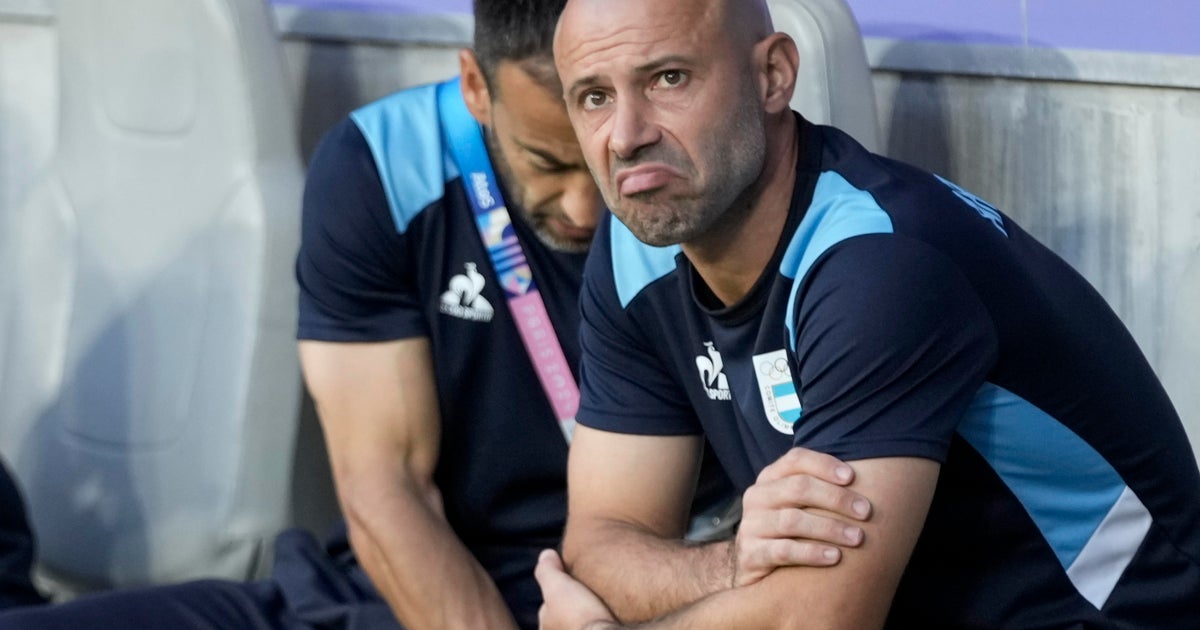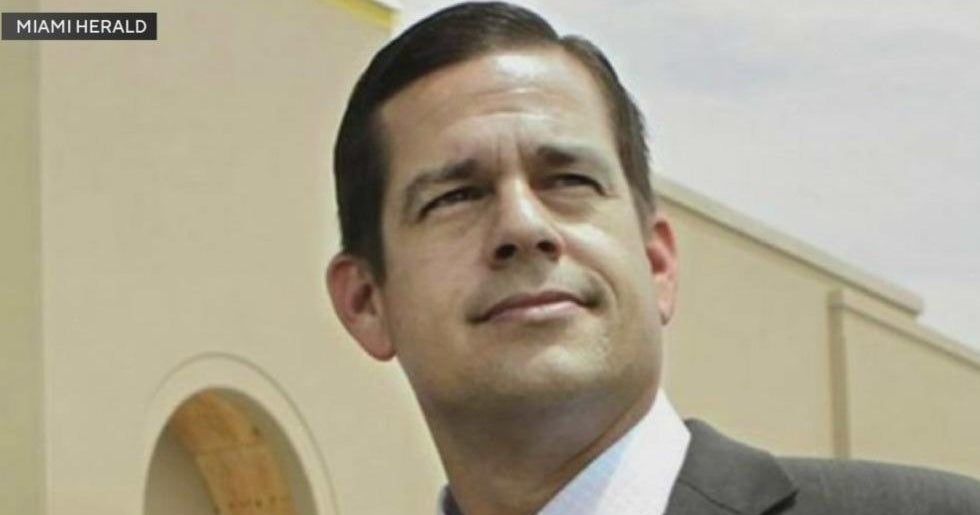Is Sun Life Renovation A Marlins-Style Boondoggle?
MIAMI (CBS4) - Marlins Park may go down in Miami-Dade County history as one of the biggest fleecing of taxpayers ever. But if you ask most Miami-Dade Commissioners about the proposal to modernize Sun Life Stadium and they'll tell you this is not history repeating itself.
"This is not a Marlins deal," Miami-Dade County Commissioner Jose Pepe Diaz told CBS4's David Sutta.
Chairwoman Rebeca Sosa reiterated that saying, "Not at all. Not even close."
The two commissioners are in agreement, even though Diaz voted for a resolution supporting the Dolphins plan and Sosa against.
Sosa, who voted for the Marlins deal years ago, said she has learned a lot from the experience. She said she will encourage more public involvement this time, perhaps even considering a ballot initiative where people could vote by mail on the issue. She said despite voting against the plan, she is still open to negotiating a deal.
"It's not fair to judge everyone because of one," Commissioner Sosa said. "Marlins is history and Dolphins is another chapter and a different one."
So what is so different?
Commissioner Esteban Bovo, Jr. was not sure.
"The problem here at the end of the day is we don't know. We don't know what the deal is," Bovo said.
Here is what we do know.
The Miami Marlins ballpark cost $634 million dollars. Marlins owner Jeffery Loria contributed $125 million, roughly 19% of the bill. The rest of the $500 million and change was publicly funded and mortgaged for decades to come.
"$2.4 billion is the price tag for our end of the Marlins deal. We get no revenue whatsoever from the stadium. They keep everything. And by the mid-point of the season last year the stadium was empty," Bovo said.
The Miami Dolphins modernization plan has a price estimate of $400 million. Owner Stephen Ross said he'll cover $201 million of it, roughly 51%.
In return, for $199 million the Dolphins are pledging economic benefits of Super Bowls and major national events. Also, the construction will bring about some 4,000 construction jobs.
"What people have to understand is the more these become part of our county and become part of structure and become bigger and better the more jobs they will provide for our community," Diaz said.
Funding for the two stadiums is quite similar, using taxes tourists pay at hotels.
"That funding can only be used for that," Sosa pointed out.
The Dolphins are also trying to secure an annual $3 million dollar sales tax rebate for life. All of it is a long shot since Florida legislators would have to approve.
Legislators frown on raising taxes, albeit on tourists, to fund billionaire enterprises.
Bovo, a former legislator himself in Tallahassee, explained, "They are trying to fund things that have been cut."
The biggest difference between Marlins and the Dolphins plans may simply be what is to come. As Diaz explained "They are willing to open their books and they are willing to do things that in the past did not occur. So you can compare one with the other."
The Dolphins will have a lot of work ahead of them to beat back all the negative sentiment from the Marlins deal. They are taking steps to do that by offering up to open their books, even considering radical changes like moving their training camp.
It's highly likely the current deal will be very different months from now.



